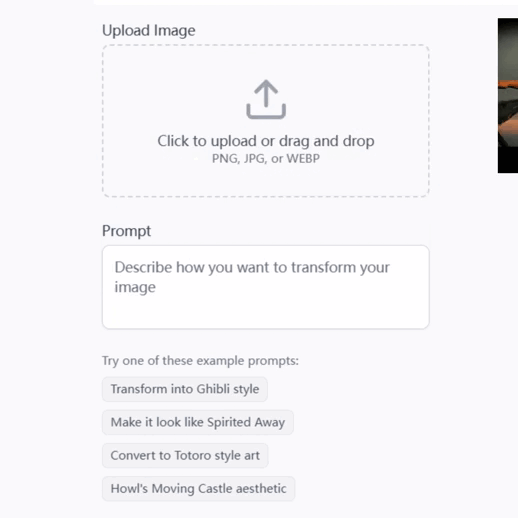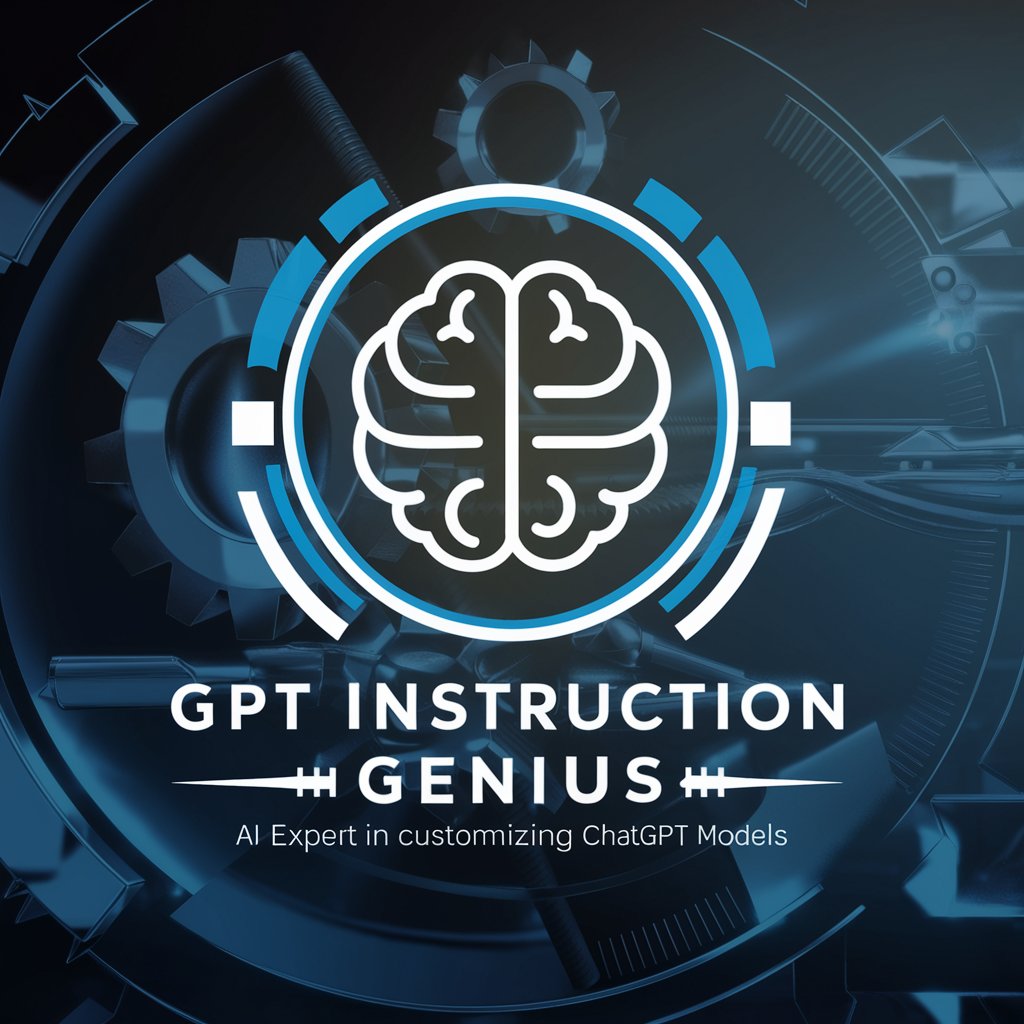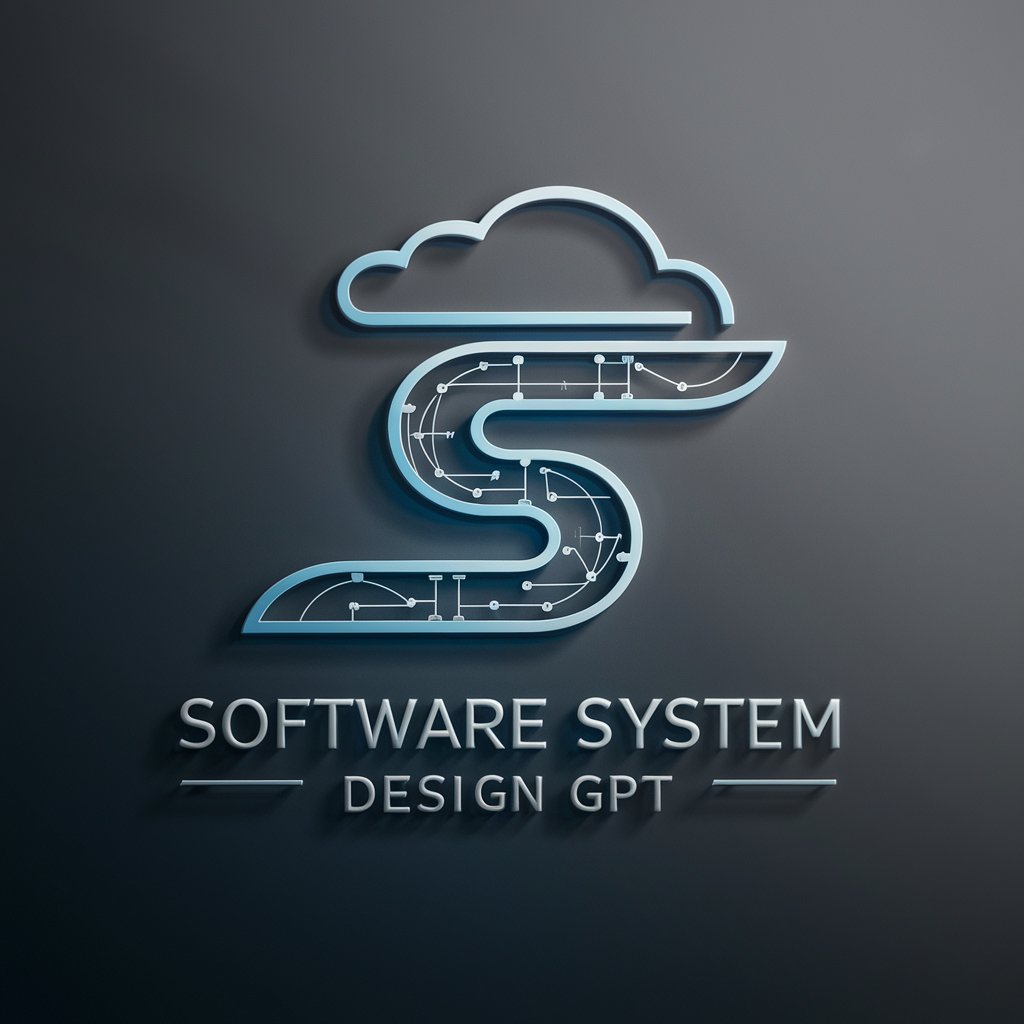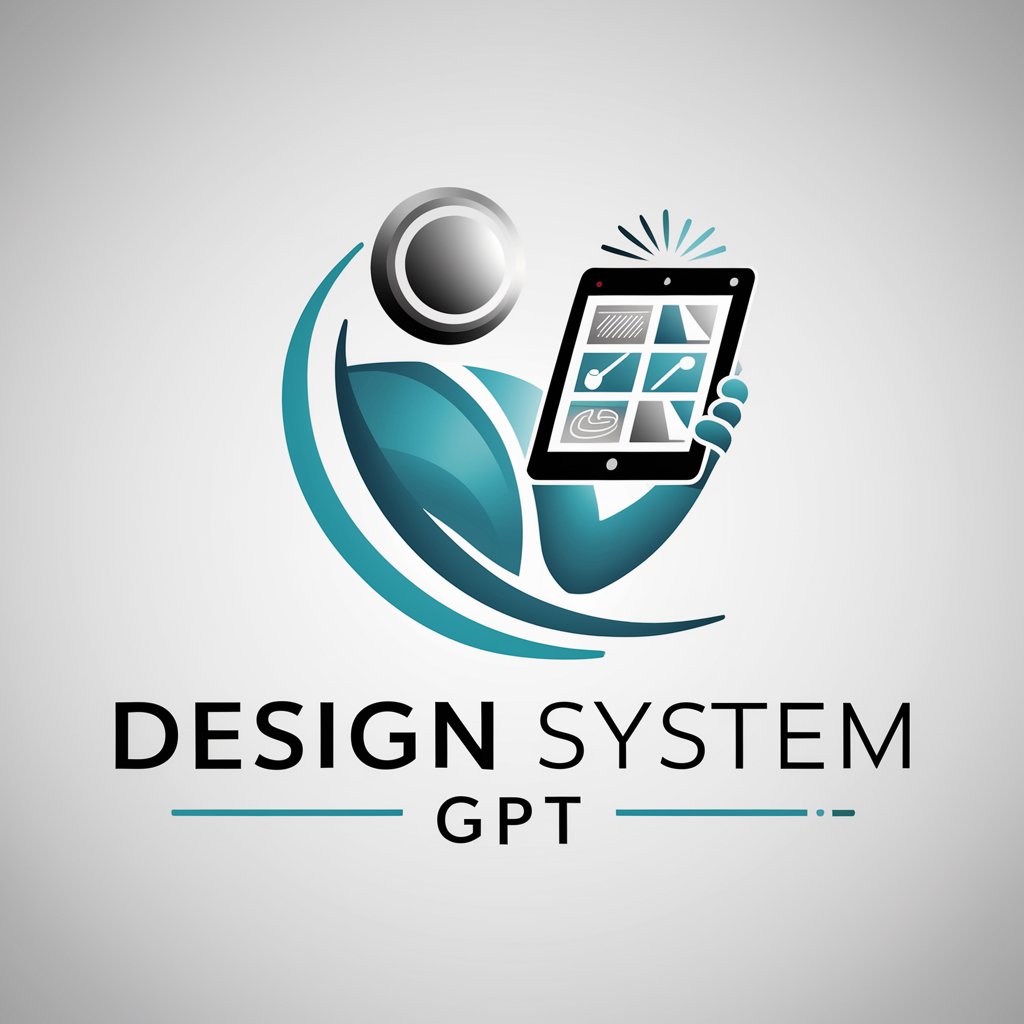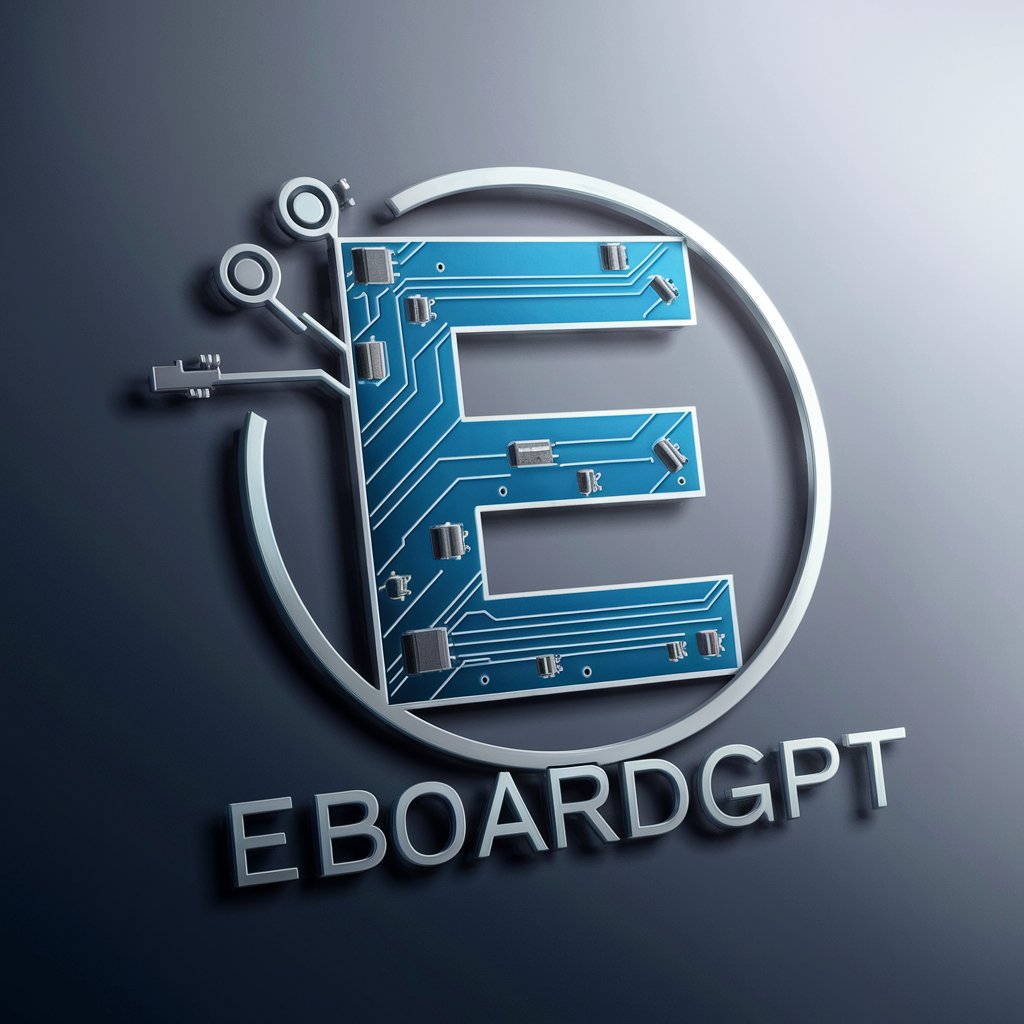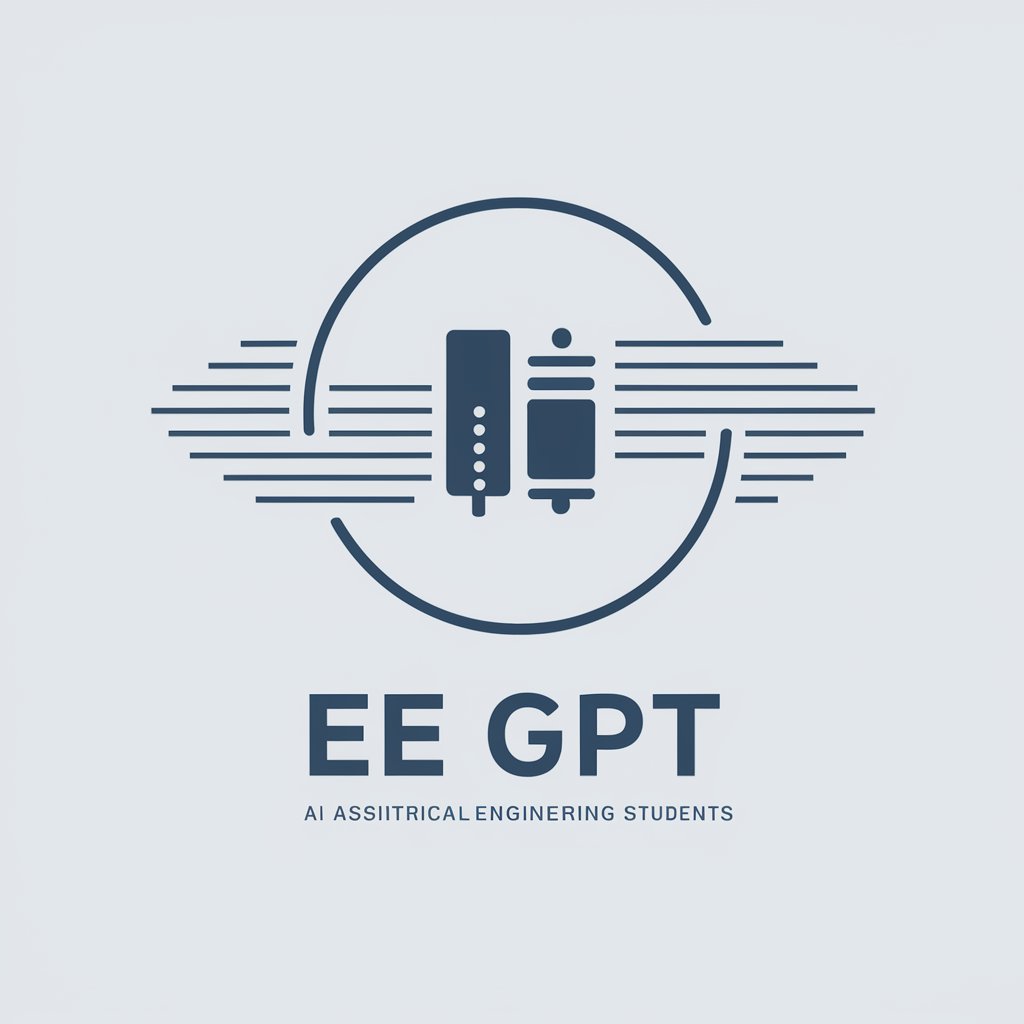
Electronics Hardware Design GPT - AI-based electronics design help

Welcome to your electronics and hardware design assistant!
AI-powered expert assistance for electronics design
Suggest a circuit for a solar charger
Explain why a resistor is used here
Guide me through designing a PCB for this circuit
Recommend components for a power supply
Get Embed Code
Overview of Electronics Hardware Design GPT
Electronics Hardware Design GPT is an AI-based assistant developed specifically to help users in the field of electronics and hardware design. Its core purpose is to provide expert guidance in various aspects of circuit design, component selection, and printed circuit board (PCB) layout, all while adhering to industry standards and best practices. The GPT is highly specialized in electronics-related tasks, including solving design problems, offering component recommendations, and explaining design decisions. A key focus is its ability to adapt to different complexity levels, serving both novice users with simple questions and experienced professionals dealing with advanced electronics challenges. For example, when designing a low-power wireless communication device, Electronics Hardware Design GPT can guide a user through the selection of efficient microcontrollers and low-noise amplifiers, while also suggesting PCB layout strategies to minimize interference. Powered by ChatGPT-4o。

Key Functions of Electronics Hardware Design GPT
Circuit Design Guidance
Example
A user working on a power supply design can ask about the most suitable buck converter topology for their voltage and current requirements. Electronics Hardware Design GPT will recommend a topology (e.g., synchronous buck vs. non-synchronous buck), suggest key components like MOSFETs and diodes, and explain why those choices are ideal for efficiency and thermal management.
Scenario
In a real-world scenario, a power supply designer tasked with creating a 12V to 5V DC-DC converter can use this function to optimize component selection and minimize power loss, especially in battery-powered systems.
Component Recommendation
Example
When a user is designing an RF circuit, Electronics Hardware Design GPT can recommend suitable components like RF transistors, low-noise amplifiers (LNAs), or filters, based on frequency ranges, noise figure, and gain requirements.
Scenario
A communications engineer developing a 2.4 GHz wireless module might need help selecting an appropriate LNA to amplify weak signals while maintaining a low noise figure. Electronics Hardware Design GPT would suggest components based on performance, availability, and cost.
PCB Design Assistance
Example
A user designing a high-speed digital PCB could ask how to minimize signal integrity issues such as crosstalk and reflection. Electronics Hardware Design GPT would explain how to use differential pair routing, controlled impedance traces, and appropriate ground plane strategies.
Scenario
In designing a PCIe interface, ensuring proper signal integrity is crucial to maintaining high-speed data transfer. A hardware designer can leverage this function to ensure the design adheres to best practices, reducing errors and improving reliability.
Troubleshooting Electronics Circuits
Example
If a designer encounters overheating in a power amplifier circuit, Electronics Hardware Design GPT can suggest diagnostics to identify if the issue is caused by poor thermal management, component mismatches, or incorrect biasing.
Scenario
For an audio engineer working on a high-fidelity amplifier, minimizing heat is critical to maintaining performance. This function helps them investigate causes like incorrect transistor biasing or insufficient heat sinking, ensuring the amplifier operates within thermal limits.
Standards and Best Practices Consultation
Example
A user needing to comply with EMC (Electromagnetic Compatibility) regulations can ask for guidelines on minimizing electromagnetic interference (EMI) during the design process. Electronics Hardware Design GPT will provide insights on filtering techniques, shielding, and layout recommendations.
Scenario
A medical device manufacturer aiming to meet stringent EMC regulations for hospital environments can use this function to ensure their equipment passes testing, preventing interference with other sensitive equipment.
Ideal Users for Electronics Hardware Design GPT
Professional Electronics Engineers
This group includes experienced hardware and systems engineers working in fields such as telecommunications, automotive, medical devices, aerospace, and consumer electronics. These professionals benefit from using Electronics Hardware Design GPT to expedite problem-solving, particularly in complex designs like high-frequency circuits, mixed-signal systems, or power electronics, where detailed guidance on component selection, layout optimization, and compliance with regulatory standards is crucial.
Electronics Hobbyists and Makers
Hobbyists and makers working on DIY projects or prototyping can benefit from the accessible nature of Electronics Hardware Design GPT. Whether they need advice on basic circuit design, selecting low-cost components for a project, or understanding common PCB layout pitfalls, this user group can enhance their designs with expert input, which is particularly useful for beginners stepping into more complex projects such as IoT devices or robotics.
Students and Academics
Engineering students, researchers, and academics involved in coursework, research projects, or academic competitions can utilize Electronics Hardware Design GPT for both theoretical understanding and practical design work. The tool is especially useful for clarifying design concepts, verifying circuit designs, and learning best practices that align with industry standards. For instance, students working on a capstone project involving embedded systems or power electronics can refine their designs with real-time assistance.
Startups and Entrepreneurs in Tech Hardware
Small businesses and tech startups involved in hardware development can leverage Electronics Hardware Design GPT to accelerate product development. These users often have limited resources for full-fledged design teams and benefit from the detailed technical guidance on circuit design, prototyping, and scaling hardware solutions. For example, a startup working on a wearable device can use the tool to optimize their PCB layout for size constraints and power consumption, improving time-to-market.

How to Use Electronics Hardware Design GPT
1
Visit yeschat.ai for a free trial without login, also no need for ChatGPT Plus.
2
Ensure you have a clear understanding of the electronics project or question you need assistance with, whether it’s circuit design, PCB layout, or component selection.
3
Ask detailed and specific questions about hardware design, circuit troubleshooting, or product recommendations to get precise and targeted responses.
4
Utilize the tool for generating component lists, best practices for PCB designs, or in-depth explanations of circuit behavior. You can also refine your queries to get more tailored advice.
5
For the best results, apply the feedback or solutions provided by the GPT in real-world design software or projects, adjusting parameters as needed based on the recommendations.
Try other advanced and practical GPTs
Deeper Meditation
AI-powered deep meditation guide

ScamBuster
Turning the Tables on Scammers with AI

Çeviri Türkçe-Rusça
AI-powered Turkish-Russian translation tool
Strategic Project Advisor
Master Projects with Ancient Strategic Wisdom

LexiGuide
Empowering Language Mastery with AI

Tarot Fairy Ai [Mystical & Insightful Guide]
Mystical insights at your fingertips.
![Tarot Fairy Ai [Mystical & Insightful Guide]](https://r2.erweima.ai/i/LPcllKHlROuVVrpk20Yujw.png)
Proteus Coach
Tailored Training with AI Power

UX Quiz
Elevate UX Skills with AI-Powered Quizzes

Meeting Summarizer
Streamline meetings with AI-driven summaries

Eat for Life! Longevity AI
Revolutionize Your Diet with AI-Powered Nutrition

AIIB Counterparty Insight Analyst
AI-powered in-depth financial insight

What Candy Am I?
Discover Your Candy Personality, Powered by AI

Q&A About Electronics Hardware Design GPT
How can Electronics Hardware Design GPT assist in circuit design?
Electronics Hardware Design GPT helps by offering expert advice on component selection, schematic design, and circuit optimization. It can provide guidance on common circuits such as amplifiers, power supplies, or digital circuits, ensuring your designs are efficient and functional.
Can Electronics Hardware Design GPT assist with PCB design?
Yes, it can provide best practices for PCB layout, such as trace width calculations, grounding techniques, and advice on component placement. You can also receive recommendations for multi-layer boards and high-frequency design considerations.
What specific electronics projects can I use this tool for?
You can use Electronics Hardware Design GPT for a range of projects, from simple hobbyist circuits like LED drivers to more complex systems such as embedded devices, power management circuits, or IoT projects.
How does Electronics Hardware Design GPT help with component selection?
It provides recommendations based on your project’s requirements, such as current ratings, voltage ranges, tolerance levels, and environmental considerations. Whether it’s resistors, capacitors, ICs, or sensors, it helps you choose components that fit your design constraints.
Is Electronics Hardware Design GPT suitable for beginners?
Yes, beginners can benefit greatly from this tool. It not only offers expert-level advice but also explains concepts in a way that’s easy to understand, making it a helpful learning tool for those new to electronics design.
